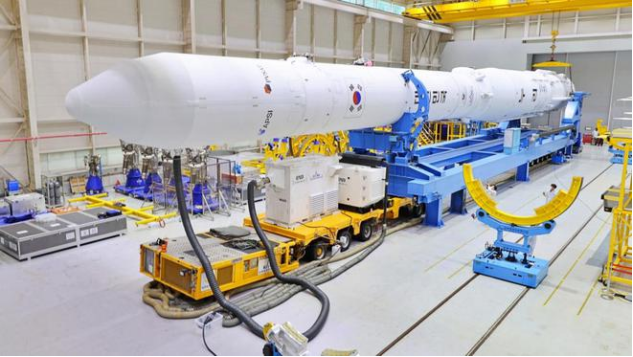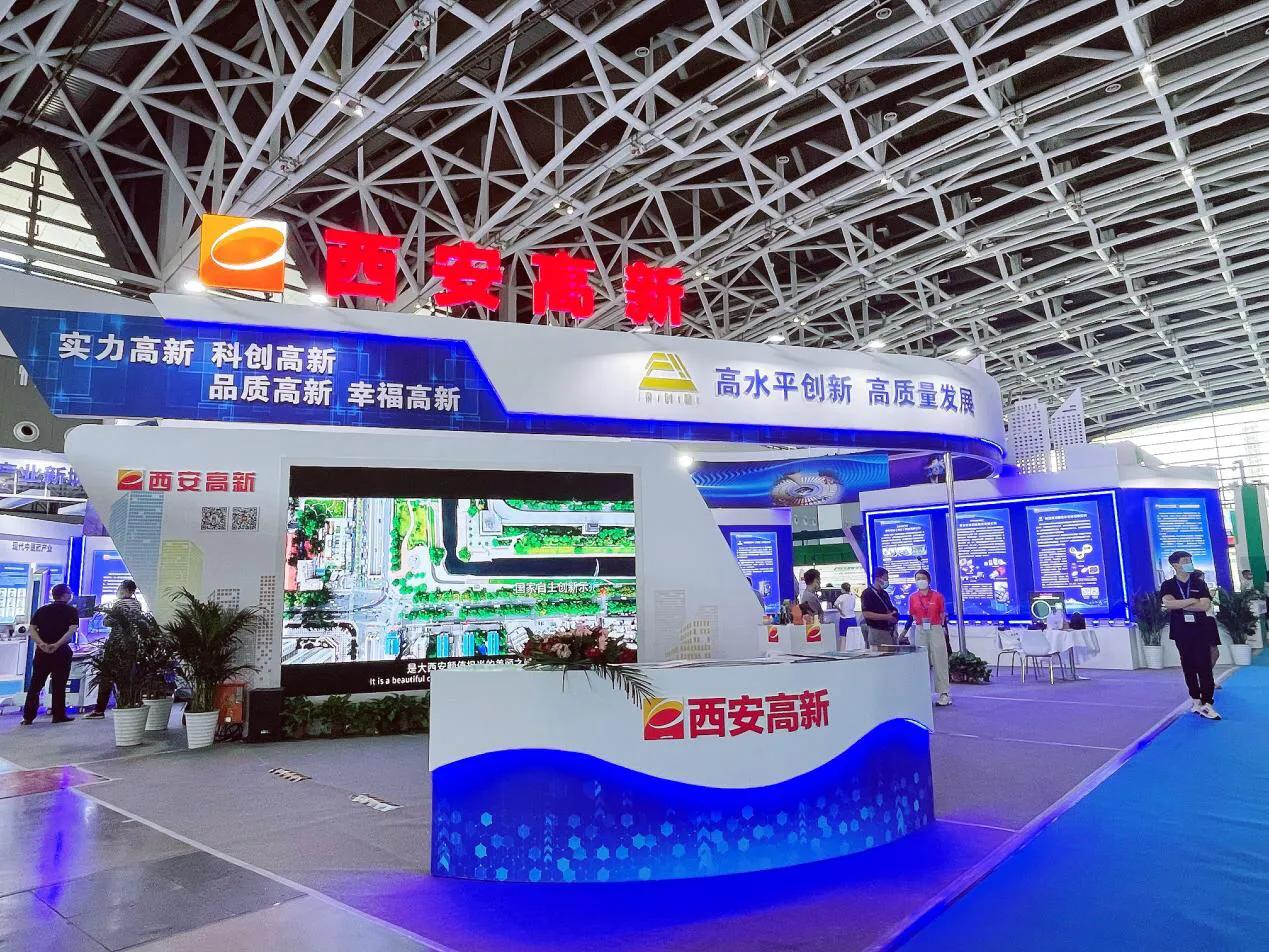Why is the high -rise building that has been shaking and still so noisy?
Author:High Energy Institute of the C Time:2022.06.21
The following article comes from WeChat public account: Global Science, author Global Science

Skyscraper. Image source: ERMELL/WIKIMEDIA Commons, CC0
Recent , Perhaps it is a lightning rod.
If it was before, I might think that they all stood quietly in the downtown, but now, the pictures in front of my eyes are that some engineers dragged the measuring instrument to the top of the building, and then told the world: "The high -rise building is impossible. "Moreover, they are still making sounds.
Written article | Wang Yibo
Grand Entrance | Wang Yu
Always shaking
In the July issue of Skyscraper in 1929, a survey found that at that time, there were more than 377 buildings with more than 20 floors in the United States at that time, of which 10 were more than 152 meters. But strange things happened: Even if only the breeze, some staff on the room on more than 40 floors can feel that the building is shaking, and may even have symptoms similar to seasickness. No one has studied the behavior of high -rise buildings in the wind. Until around 1929, David Cushman Coyle invented a horizontal seismic instrument. He picked some windy days and brought this device to the top of a tall building in New York. This device consists of two leverage. Each leverage is carried one mirror to reflect the incident light to another roll of light paper. He settled two leverage in order to measure the side movement and surface tilt of the high -rise buildings, and was eventually recorded by the sensitive paper.
COYLE found that in the face of the blowing wind, each high -rise manifestation was different. The waveforms recorded on the photosensitive paper indicate that the high -rise buildings may be "stunned" 40 times per minute, and 8 times less frequently. COYLE thought that perhaps these small but duplicated vibrations allowed the interior lamp to shake up to a maximum of a few feet (about 0.3 meters), and the water in the bathtub waved. However, in his tested high -rise buildings, no structural security issues were found.

Image source: Popular Science Monthly, January, 1931
This seems to be the "secret" of the engineering industry -as the building becomes higher and thinner, the easier they are shaking by the wind.
If a single force is applied to a single force, it can leave the balance position. Since then, if external forces have been applied, it has done forced vibration. But even if the external force is removed, it can do free vibration, that is, vibrate at a certain frequency under non -resistance, and the corresponding frequency is called inherent frequency.
Now, we need to think like an engineer: the high -rise buildings are not completely rigid and can be put up. Then, the upside -down single -leaf can be regarded as a physical model of high -rise buildings.
Therefore, under the influence of continuous wind, high -rise buildings will deviate from balanced positions and cause forced vibration. Moreover, for wind, high -rise buildings are also an obstacle, so you will choose to go by bypass and go around from both sides of the building. At this time, the wind will form a vortex and fall off at the rear of the building, which is called a vortex. In addition, the wind turbines at the same time, and then the suction force is generated to suck the building. This will in turn affect the flow field around the building. When the frequency of the vortex falling off is inherently inherent in the building, resonance will occur, which is called vortex excitement in engineering.

Vortex vibration formed after bypass the cylindrical. Image source: a. Placzek/wikimedia commit, cc by-SA3.0
Back to the inverted single -leaflet, as the length of the single pendulum increases (the floor increases), the vibration cycle will become longer, and the vibration frequency will be reduced. Therefore, it is not just a strong wind that can cause damage. The low -speed wind (low frequency) is more likely to cause vortex excitement in high -rise buildings. For example, the obvious shaking of the Shenzhen Cege Building in 2021 is mainly caused by vortex excitement.
Engineers put this "secret" in their hearts, but when designing, they not only thinking about how to make high -rise buildings resist higher wind loads, but also looking for the way to "coexist" with the wind. Previously, more importantly, the engineer also needed to "conceal" the indoors through the design, so that they could not feel the shaking of the building, even if the shaking almost always happened.
Feel shaking
In fact, it is difficult for humans to perceive speed, such as on cars or trains driving at a constant speed. If there is no reference object, we can hardly feel that we are moving forward. However, we are particularly sensitive to acceleration. For example, when the brakes and aircraft landed suddenly, the change of speed reacted immediately and felt it. What the engineer wants to know is how sensitive people at high levels are accelerated.
Trained fighter pilots sometimes need to bear 4 gravity acceleration, while the vibration acceleration of 100 -story high -rise buildings is only one percent of the gravity acceleration, which is difficult to perceive for most people. But compared to the vibration acceleration of the test building, it is more difficult to clarify the sensitivity and tolerance of different people to the acceleration. For example, in a series of experiments called "Moving Room", researchers used wind tunnels to simulate a mobile room and study the sensitivity of the subject by changing the movement frequency and acceleration. It was found that one of the five subjects may be thought that the room was still moving when the room stopped moving. This illusion is similar to that the train next to it starts first, but we think that the train we take is moved first. The mooving room. Picture source: beno.t g. Bardy

But now, scientists believe that the most sensitive people may perceive the shaking of the building at the 0.03 to 0.04 gravity acceleration, and feel uneasy at the 0.1 to 0.2 gravity acceleration. In the past 30 years, the project standard pointed out that in front of the hurricane every ten years, the shaking frequency of the highest floor of the skyscraper (housing) cannot exceed 0.15 to 0.18 gravity acceleration. At this time, the engineer may use the damping device to offset the vibration of the building, or change the shape of the building, such as the rising structure of the spiral of the Shanghai Central Building, and the holes that are deliberately opened above the Shanghai Global Financial Center.
The building is "sounding"
In the physics class, you may have seen the teacher to demonstrate the vibration with a sound fork: hit the sound fork, and you can make a sound while making the small ball vibrate next to it. Similarly, when the wind "knocks" the building, it can also produce sounds, but it is usually difficult to be heard because the frequency is too low (less than 20 Hz). But there are exceptions, but the sound is not so beautiful.
In July 2021, a report published on the news.com.au website saying that some residents located in Melbourne complained that in the evening of high -rise apartments, it was like a horrible movie in a horror movie. It is difficult for them to fall asleep. At that time, Melbourne experienced a few days of severe weather. Architects said that under the conditions of strong winds, high -rise apartments would originally "make a sound", but they would also conduct further investigations. So, will the weather really make the tall buildings "sound"?
For this issue, we have to start with the materials of the building. Most of the buildings are composed of steel, concrete and plastic. They will swell and compress with the increase and decrease of temperature. This part of the material may be tightly or rubbed with each other, so they will be bang, cracked, cracking, crackling The sound of waiting.
However, BonnieSchnitta said that most of the sounds from high -rise buildings come from pipelines and non -loading walls without affecting the main load structure of the building. Schnitta is the founder and CEO of an acoustic consulting company called Soundsense, New York, USA. She also said that when the roof and the floor are not synchronized, they may also produce a gunshot like a gunshot like the tension of the upper and bottom. But these are not unsolvable. The most commonly used solution is to install flexible hinges at the turning point of the wall.
at last
In 1983, when Hurricane Elisia attacked Houstan, the two engineers Robert Halvorson and Michael Fletcher came to the top of the Ficknant Bank Square (called Allied Bank Plaza) with a strong wind. They want to test the performance of this 71 -story high -rise building in the hurricane. Although the floor under their feet oscillates violently, they are convinced that the structure of the building is not damaged because it was carefully designed by their engineers.
Despite the historical records of many buildings, such as the collapse of the Sanfeng Department Store in South Korea in 1995, the collapse of the 2E terminal of Da Gogho Airport in France, most of them were due to the problems of the structure of the structure. If you do strict and accurate in the early design and wind tunnel test simulation, you may reduce the occurrence of similar disasters.
Reference link:
https://www.Inidescience.org/news/why- SKINNY- SKYSCRAPERS-SO-LOUD-HOW-QUIET- Them
https://gizmodo.com/how-much-do-skyscrapers-amove-move-1707522178
https://discovery.ucl.ac.uk/id/eprint/10123414/1/littler_10123414_thesis.pdf
https://minnesota.cbsLocal.com/2014/01/07/good-why-do -OUR-Makes-noise-when- ITS- ITS- ITS- ITS- ITS- ITS- ITS- ITS- ITS- IT-I-COLD/
https://asa.scitation.org/doi/10.1121/10.0007620
This article is authorized to reprint from WeChat public account: Global Science Author: Global Science
Reprinted content only represents the author's point of view
It does not represent the high energy office of the Chinese Academy of Sciences
Edit: Chu Mo
- END -
Two consecutive failures! South Korea's self -developed Rocket "World" finally launched successfully

Science Fiction Network June 22 (Wang Ziyu) Recently, South Korea's first self -de...
Demonstrating the Kyoto Gathering Qin Chuangyuan Xi'an High -tech Zone Light 2022 Science and Technology Innovation Association with hard technology elements

From June 23rd to 25th, the 6th Shaanxi International Science and Technology Innov...